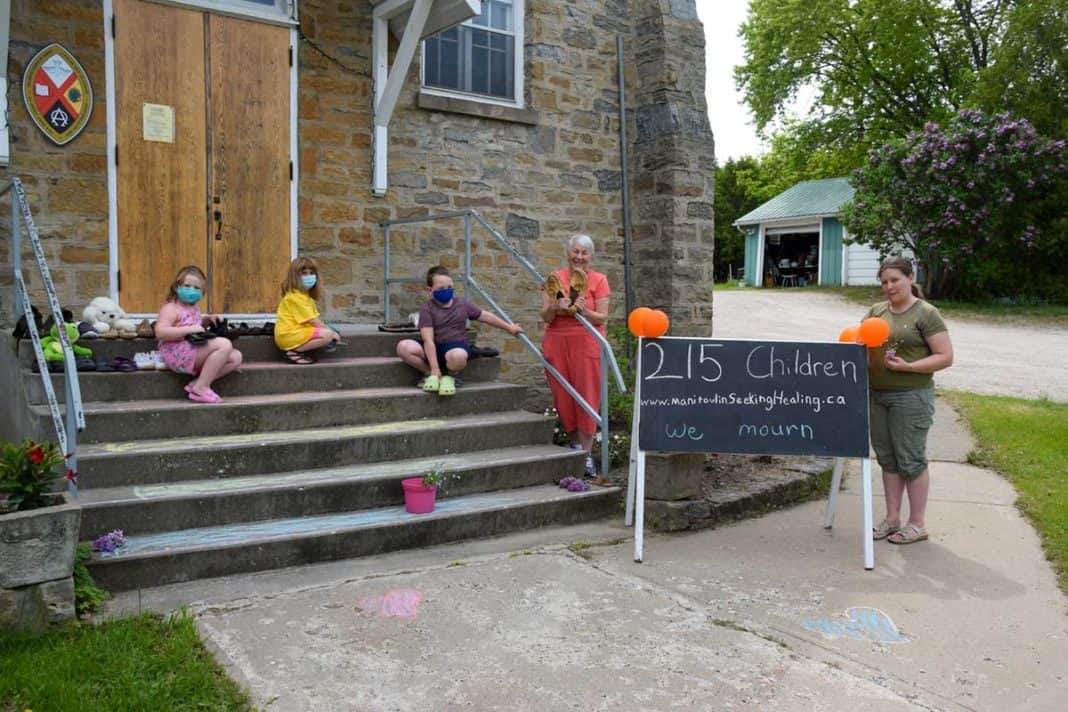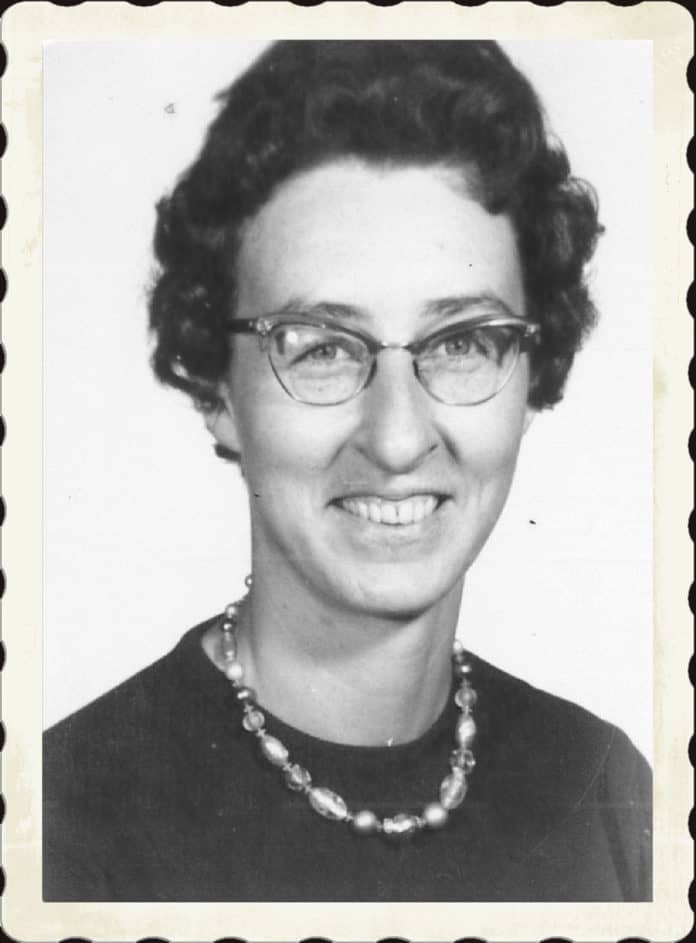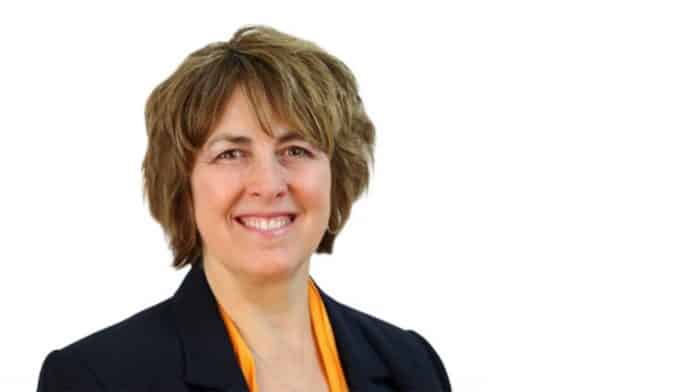LITTLE CURRENT – A Manitoulin KAIROS group Zoom meeting held Sunday evening to discuss the Bob Joseph book ‘21 Things You May Not Know About the Indian Act: Helping Canadians Make Reconciliation with Indigenous Peoples a Reality’ swiftly segued into a discussion on the recent discovery of the unmarked graves of 215 Indigenous children buried at a British Columbia residential school.
“We were discussing the book and things broadened out from there,” said Pastor Whitney Bruno, minister at Little Current and Sheguiandah United Churches.
An Anglican minister from British Columbia noted that one of the churches in that province had created a display of 215 shoes on its church steps. Manitoulin KAIROS member Gail Gjos noted that just saying the number 215 was one thing, but the visual impact of 215 pairs of shoes would strike home much harder. “I am such a visual person,” she said.
“We started talking about where we could do that here on Manitoulin,” said Ms. Gjos. “We talked about the gazebo on the downtown docks (in Little Current) or Ten Mile Point. Then we realized all those places would need permissions and then we realized we had the pastor of the Little Current United Church on the Zoom call.”
So the decision to make the steps of the Little Current United Church the first installation was an easy one. The long sidewalk and broad steps made for a pandemic palatable location.
“Then we thought we should reach out to other churches to see if they would like to host it as well,” said Pastor Bruno. So the display will be moving from community to community going forward.
KAIROS is a joint venture ecumenical program administered by the United Church of Canada. Ten participating member denominations and religious organizations are involved in the development and delivery of KAIROS shared work. KAIROS unites Canadian churches and religious organizations in a faithful ecumenical response to the call to “do justice, and to love kindness and to walk humbly with your God”
KAIROS reached out to Manitoulin First Nation leadership to ensure the display would not cause offence.
“I received a call from Rick Gjos asking if I would be offended by the display,” confirmed Aundeck Omni Kaning Ogimaa-kwe Patsy Corbiere. “I think that if people recognize the trauma that the loss of so many of our children means, that might be a good start to taking responsibility, to take a look back in history at what happened.”
The visual impact of the loss of so many children, in just one of the many hundreds of schools across the country, may hit home in a way that cold numbers, statistics and history books can’t truly convey.
“You always try to do the best for your kids,” said Ogimaa-kwe Corbiere. The pain experienced by the families who lost their children to a system of assimilation imposed by a foreign power was amplified to a truly horrific level when it is realized those children died and were buried in unmarked graves. Those entrusted by the colonial powers for their care and education could not even bother to repatriate their remains.
The KAIROS display will not remediate or reconcile those issues, but it is hoped that it may bring some measure of understanding to those who cannot fathom why Indigenous communities don’t simply “get over it.”
The issue of missing children who had attended residential schools was also a priority item in the Truth and Reconciliation Commission’s list of recommendations in its final report.
The Indian Residential School Survivors Society is available for counselling support by calling 1-800-721-0066, or call the national crisis line at 1-866-925-4419, available 24 hours a day, seven days a week.





